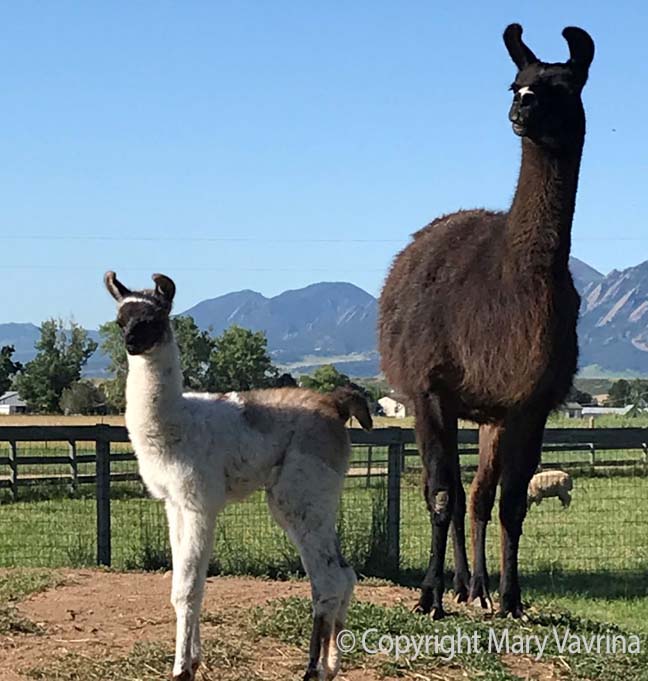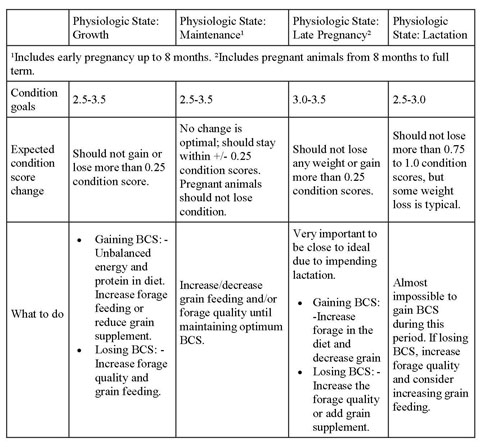How much should an alpaca or llama weigh?

Body Condition Scoring of Llamas and Alpacas
Robert Van Saun, DVM, MS, PhD
Department of Veterinary Science Penn State University
So how does one determine if their feeding program is working? There are a number of ways one can determine nutrient adequacy. By far, the single best method is body condition scoring. Body condition scoring is a method which subjectively grades animals by amount of subcutaneous fat stores over the loin, pelvis and tailhead into five categories covering physical states of emaciated (1), thin (2), average (3), fat (4) and obese (5). Alternative scales are also used grading animals from a 1 to 9 scale. I prefer the 1 - 5 scale as it is used with sheep as opposed to beef cattle. As with sheep, to body condition score a camelid one needs to palpate through the fiber coat to feel the ribs, loin and pelvis for thickness of fat cover. Important times to assess body condition score would be during early to mid-pregnancy; early to mid-lactation and periodically to other animals of the herd to assess energy status. As a diagnostic tool, BCS is the least expensive and yields excellent information relative to animal energy balance. However, BCS is often overlooked as a herd management tool because it is viewed as being too time consuming.
Time points for assessing BCS
Important times to assess body condition score would be during early to mid-pregnancy; early to mid-lactation and periodically to other animals of the herd to assess energy status.
Interpreting BCSs
Body condition scores 2.0 and below or 4.0 and above are considered abnormal and represent extremely thin or fat animals, respectively.

Like this article? Become a RMLA Member today!


